In 1430, Le Loi changed the name of Lam Son to Tay Kinh (also known as Lam Kinh, in Tho Xuan district, Thanh Hoa ). In 1433, King Le Thai To (Le Loi) passed away. According to his will, the king was brought back to his hometown Lam Son for burial. From then on, Lam Kinh land became a sacred mausoleum area, worshiping ancestors, emperors, and queen mothers of the Later Le dynasty.
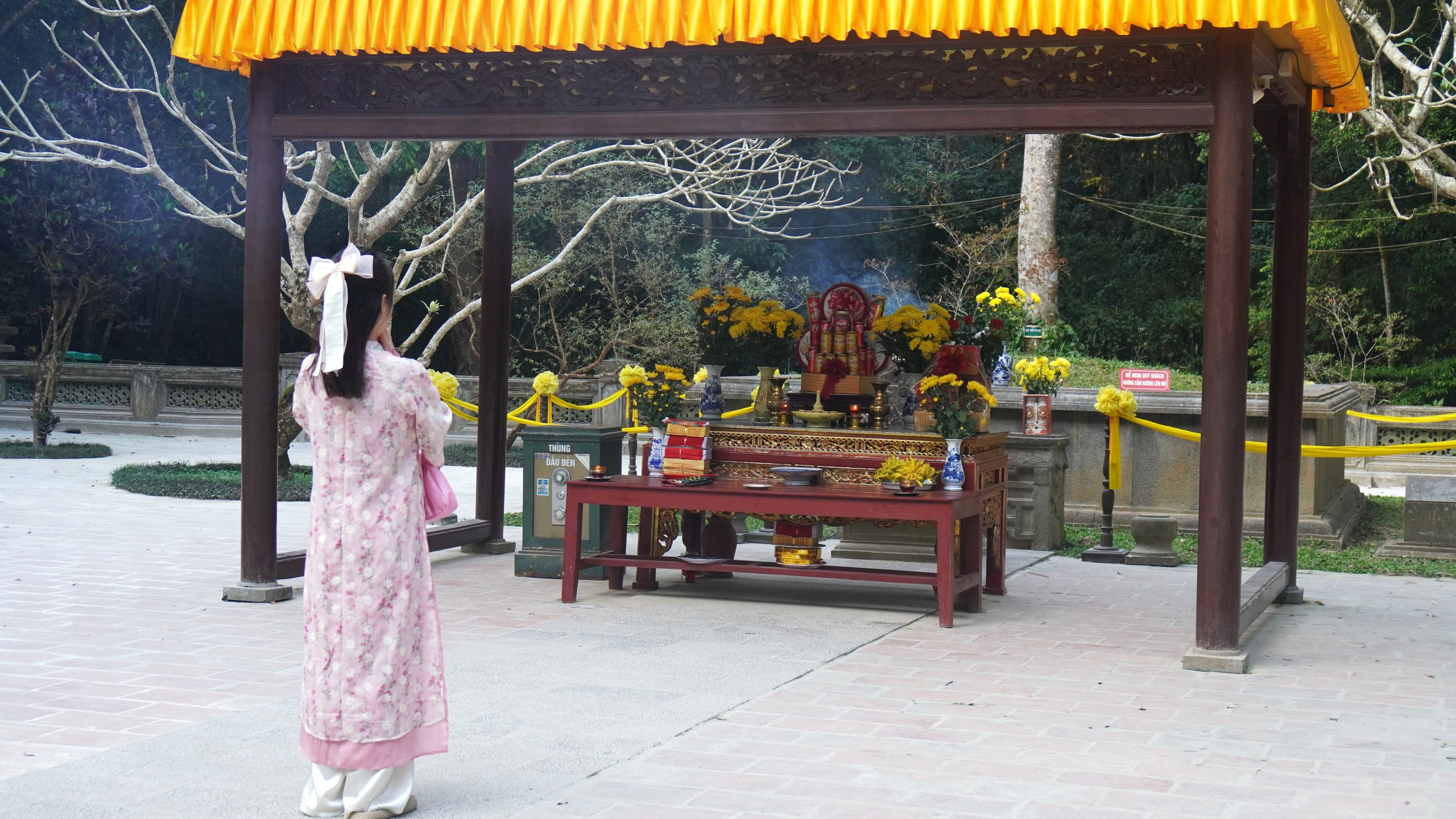
The tomb area of King Le Thai To in the Lam Kinh special national relic site (Tho Xuan district, Thanh Hoa)
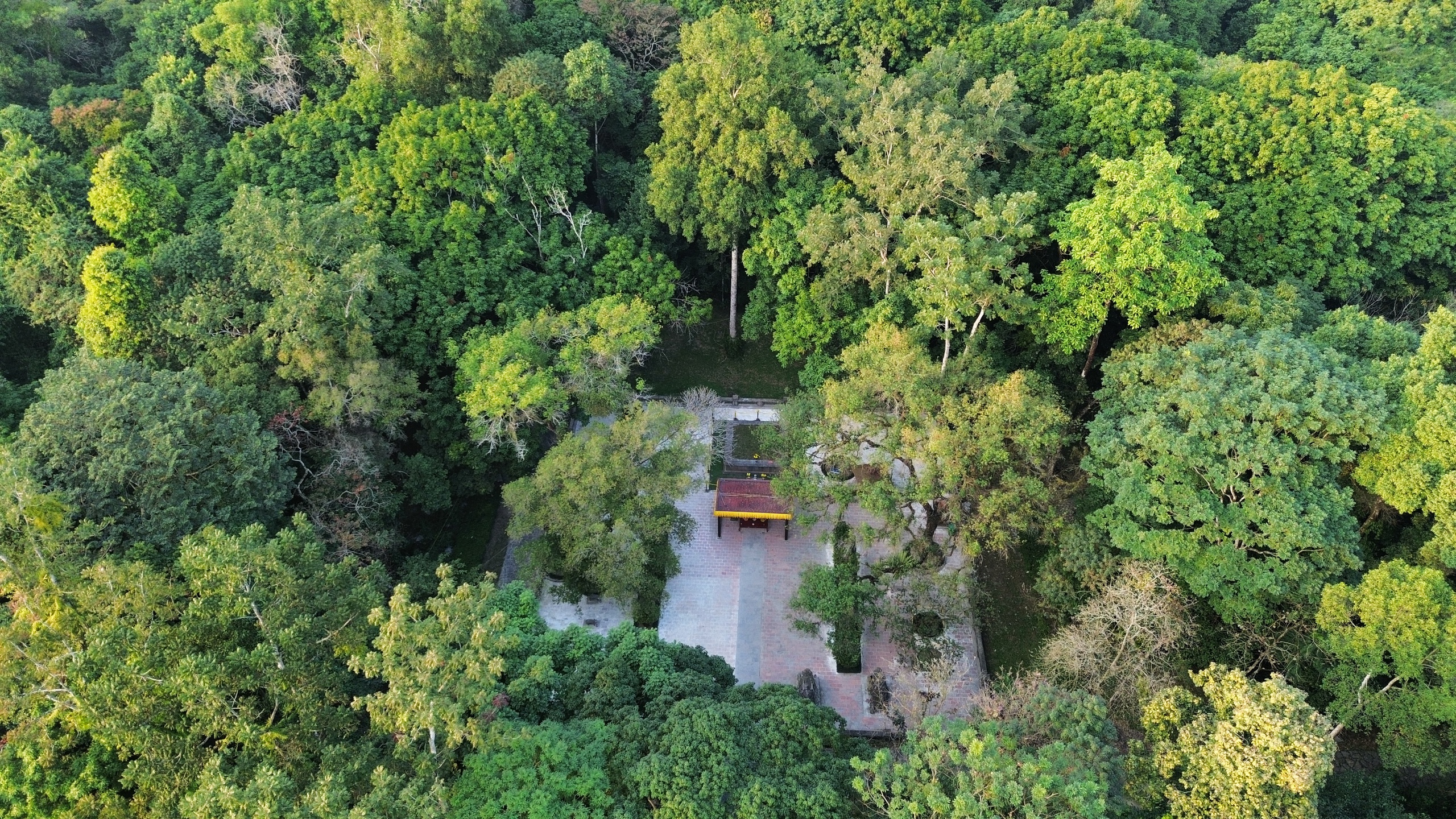
The tomb of King Le Thai To was built on a flat strip of land, with Dau mountain as the backrest in the north, Muc mountain and Chu mountain as the front screen in the south, Phuc Lam mountain (Tiger mountain) on the left, Huong mountain and Ham Rong mountain on the right forming two arms of the throne with the position of "dragon bowing, tiger lying".
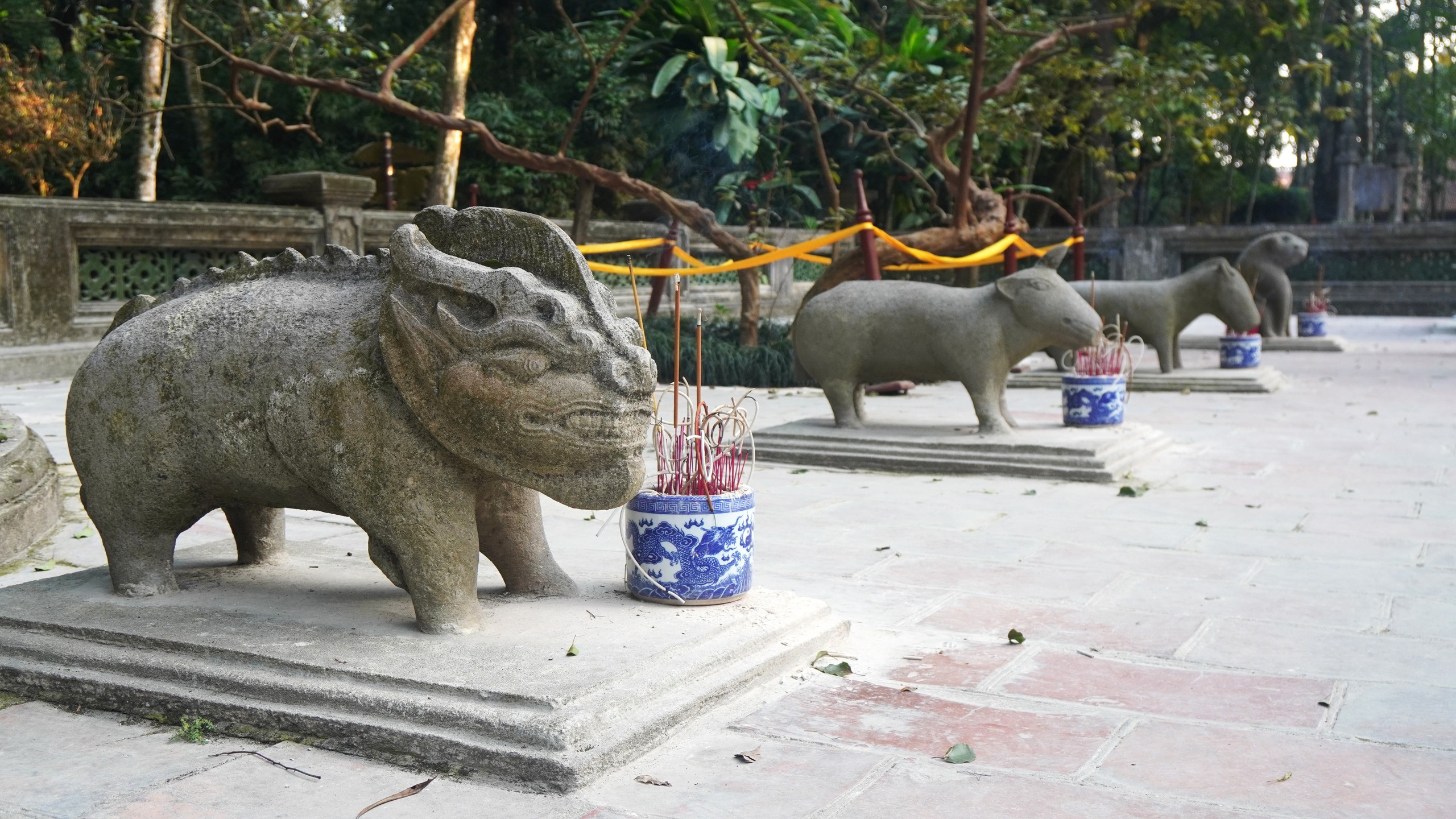
Symmetrically on both sides of the tomb are two rows of stone statues of mandarins and servants with the purpose of guarding and protecting the house, increasing the solemnity of the tomb. The row of stone statues of mandarins and servants are determined to date from 1433.
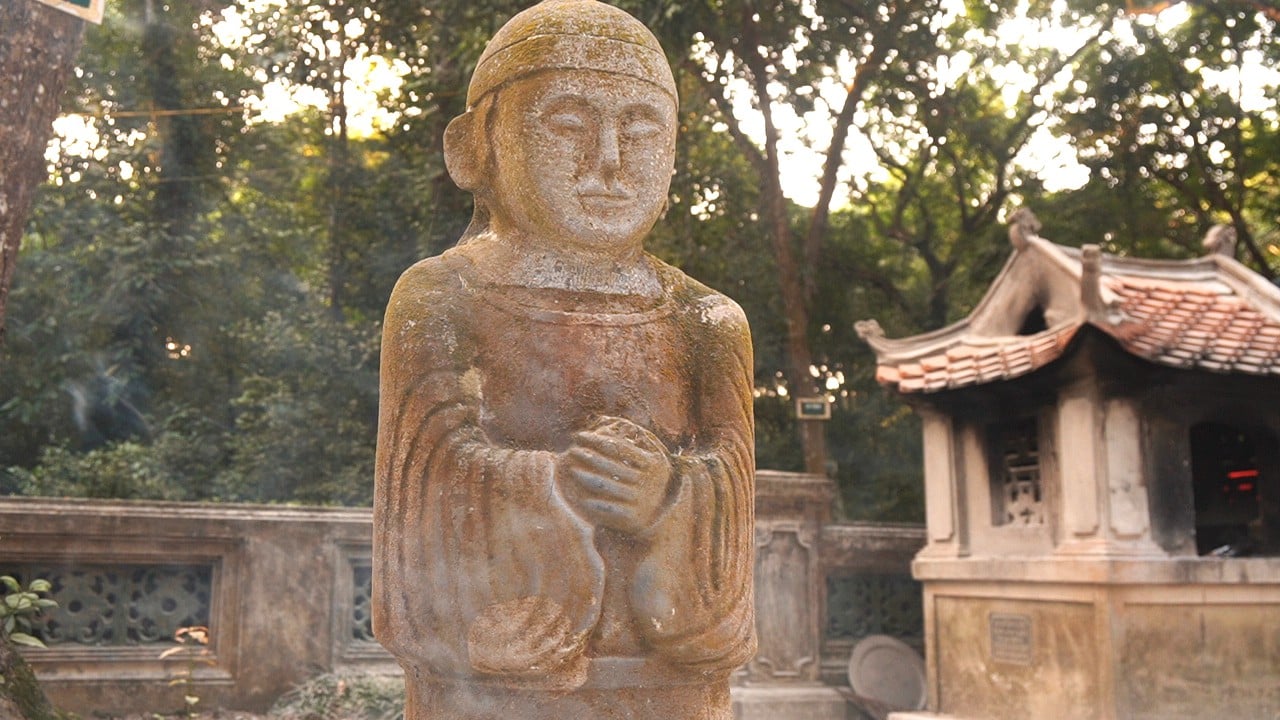
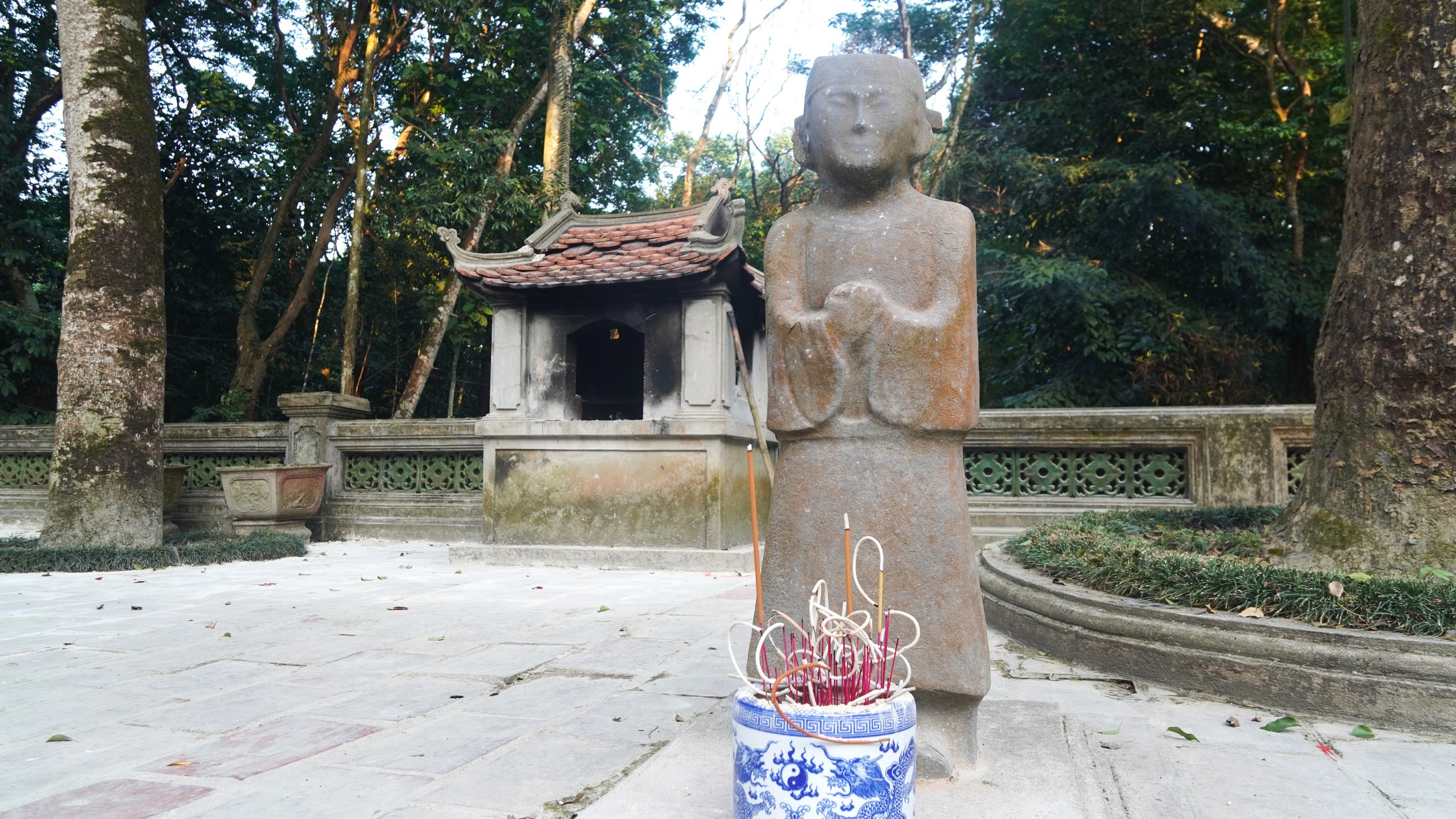
In the closest position to the tomb are two statues of mandarins, on the left is a civil mandarin (photo), on the right is a military mandarin (photo). The civil mandarin is in a standing position, hands clasped in front of his chest, wearing a long robe, sandals, and a dragonfly-winged hat; the military mandarin wears tighter clothes and a helmet.
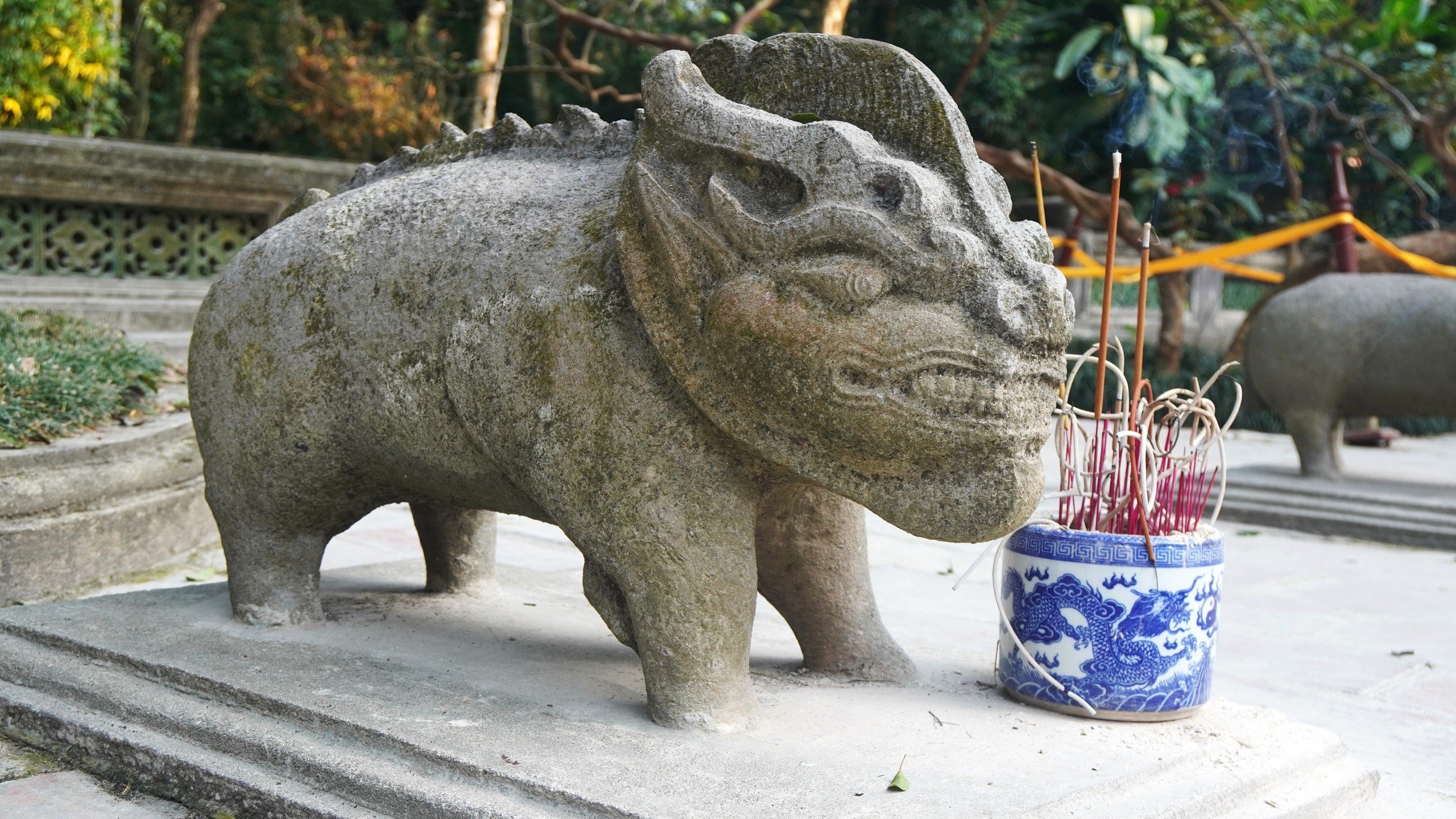
Next to the two mandarin statues are two lion statues carved in folk style, combining the characteristics of animals close to humans, such as: pig nose, goat beard, fish fins, horse mane. The lion statue symbolizes strength, good luck and loyalty.
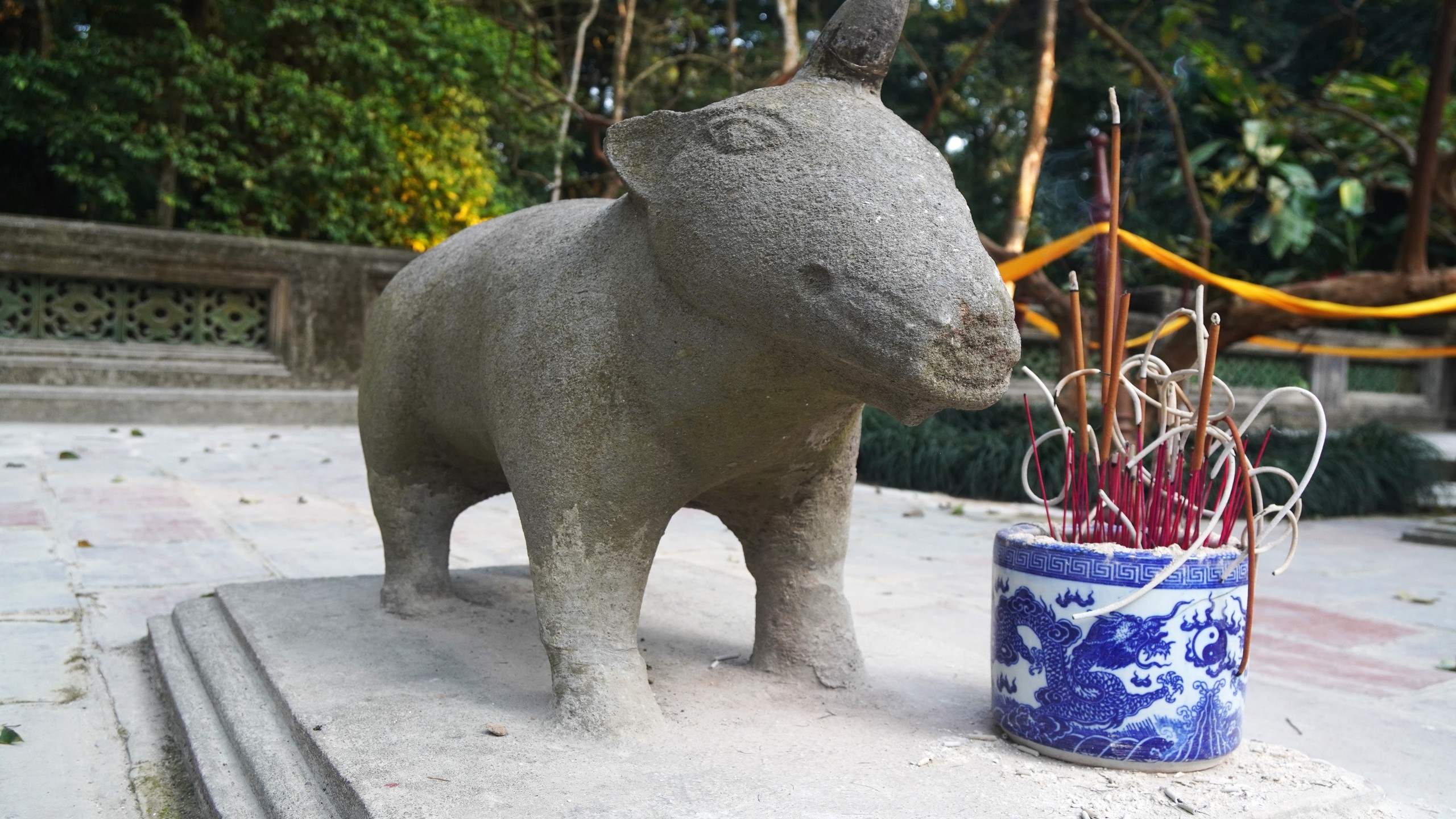
Following the Nghe statue is the rhinoceros statue (photo), stylized, with rough lines, a round body, a small head and other features different from real rhinos, such as a horn growing on the forehead.
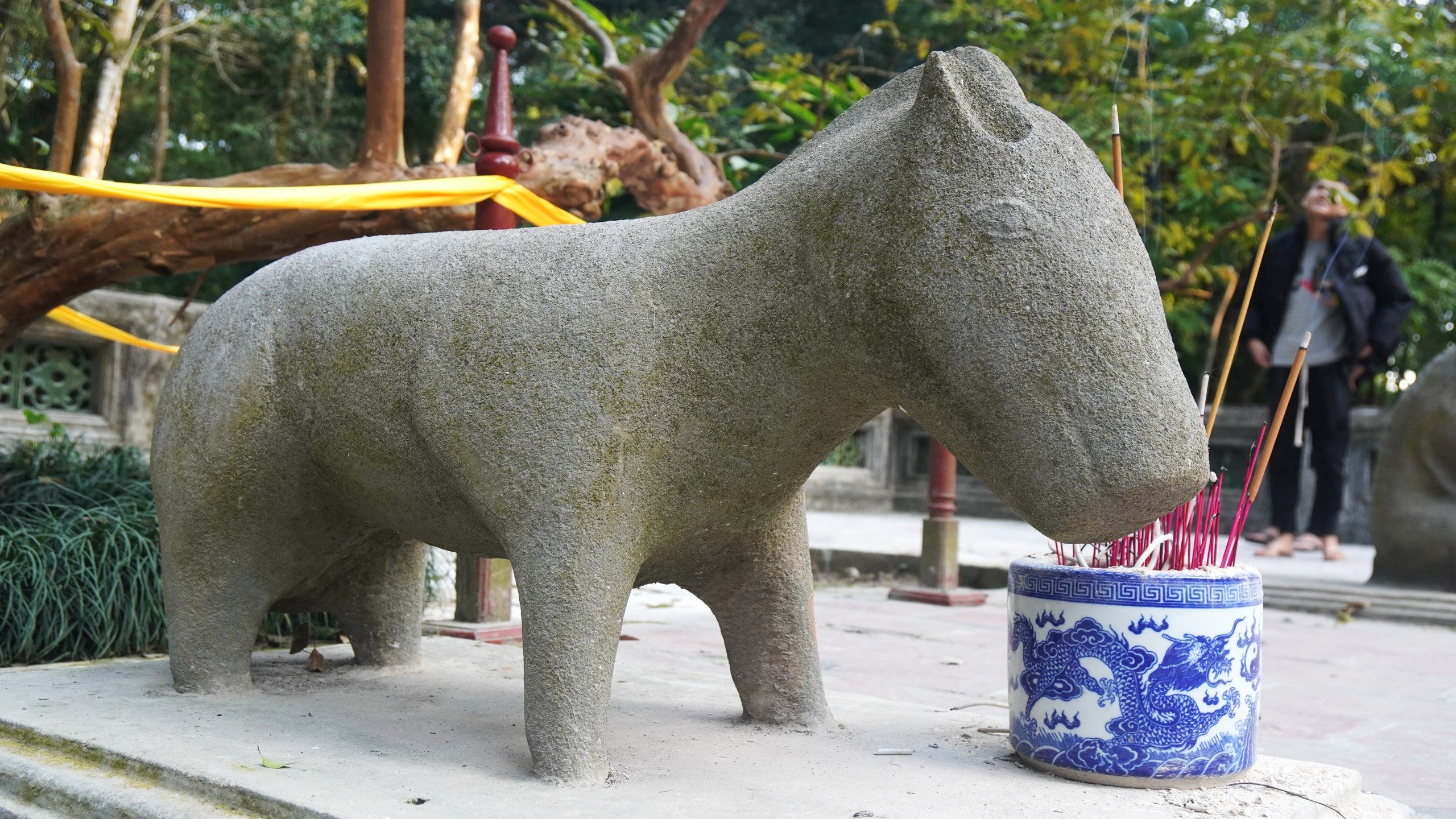
After the rhino statue is the horse statue.
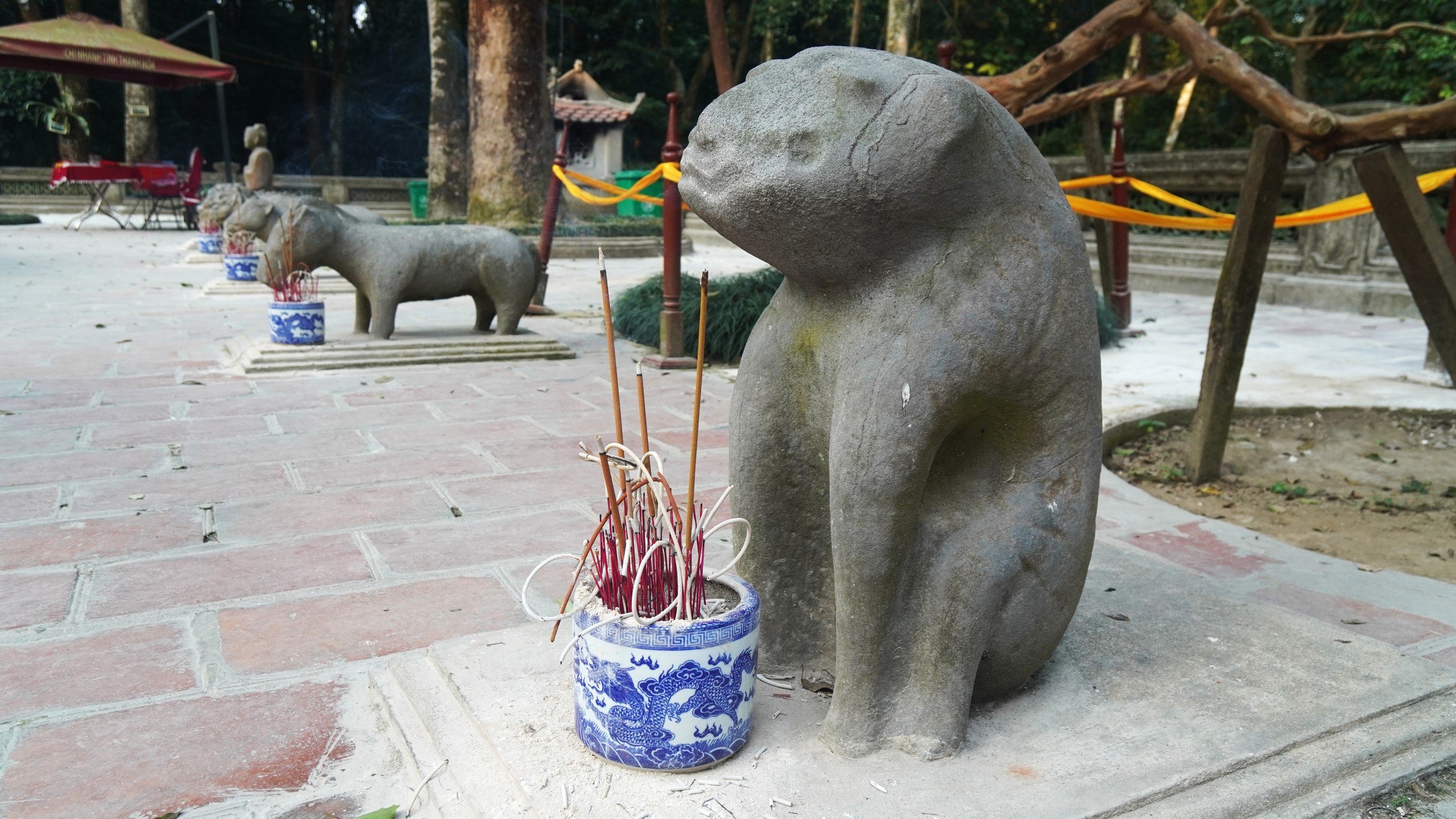
Finally, there is the tiger statue (the closest statue) in a gentle sitting posture. Legend has it that long ago, when King Le Thai To was not yet born, there was a black tiger in the forest that was very gentle and never harmed anyone. When the king was born, the black tiger disappeared, and the people in Lam Son area considered this a good omen. Perhaps because of this legend, after the king passed away, a statue of a gentle sitting tiger was erected around the tomb.
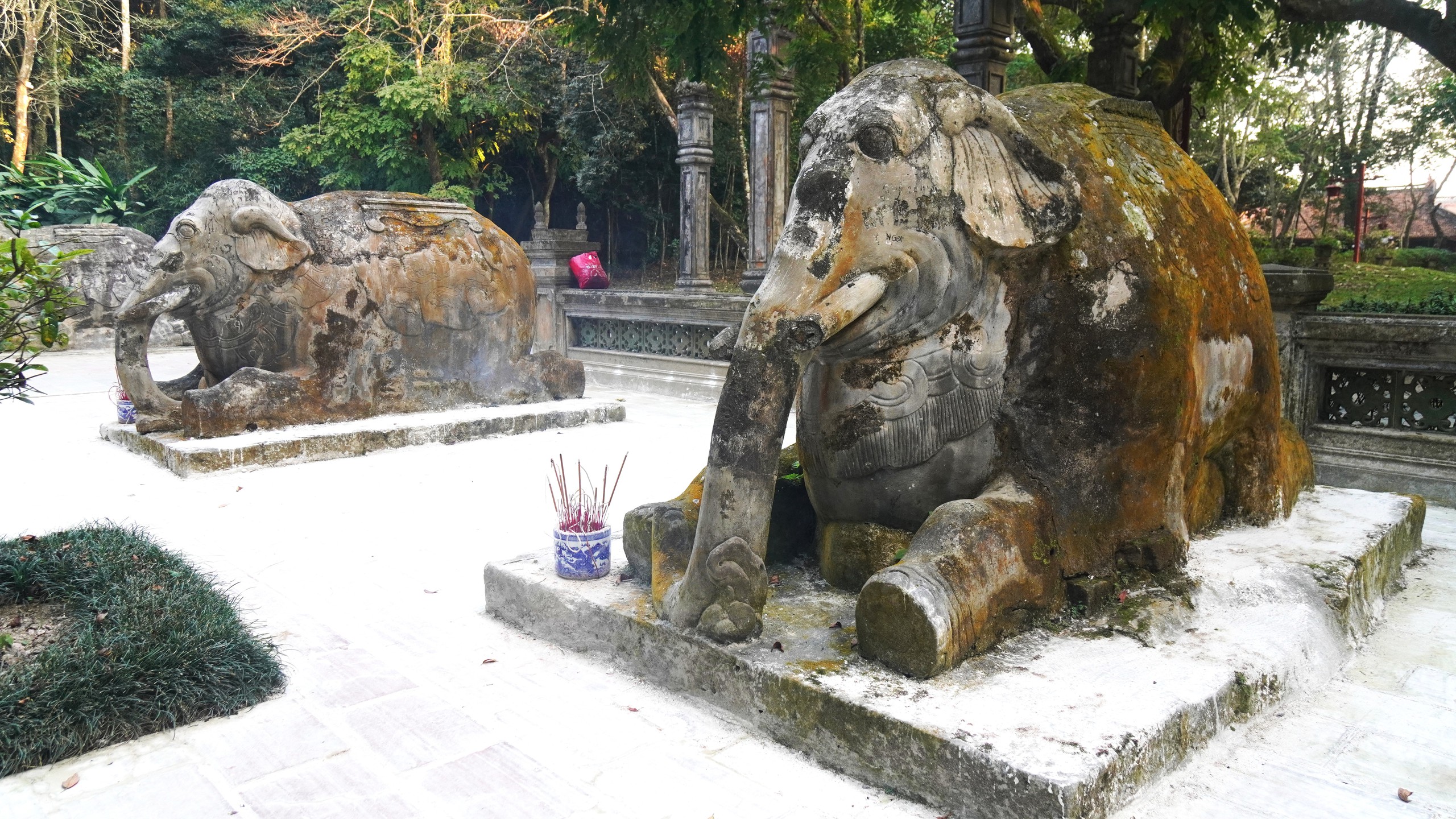
In front of the mausoleum is a statue of a pair of elephants.
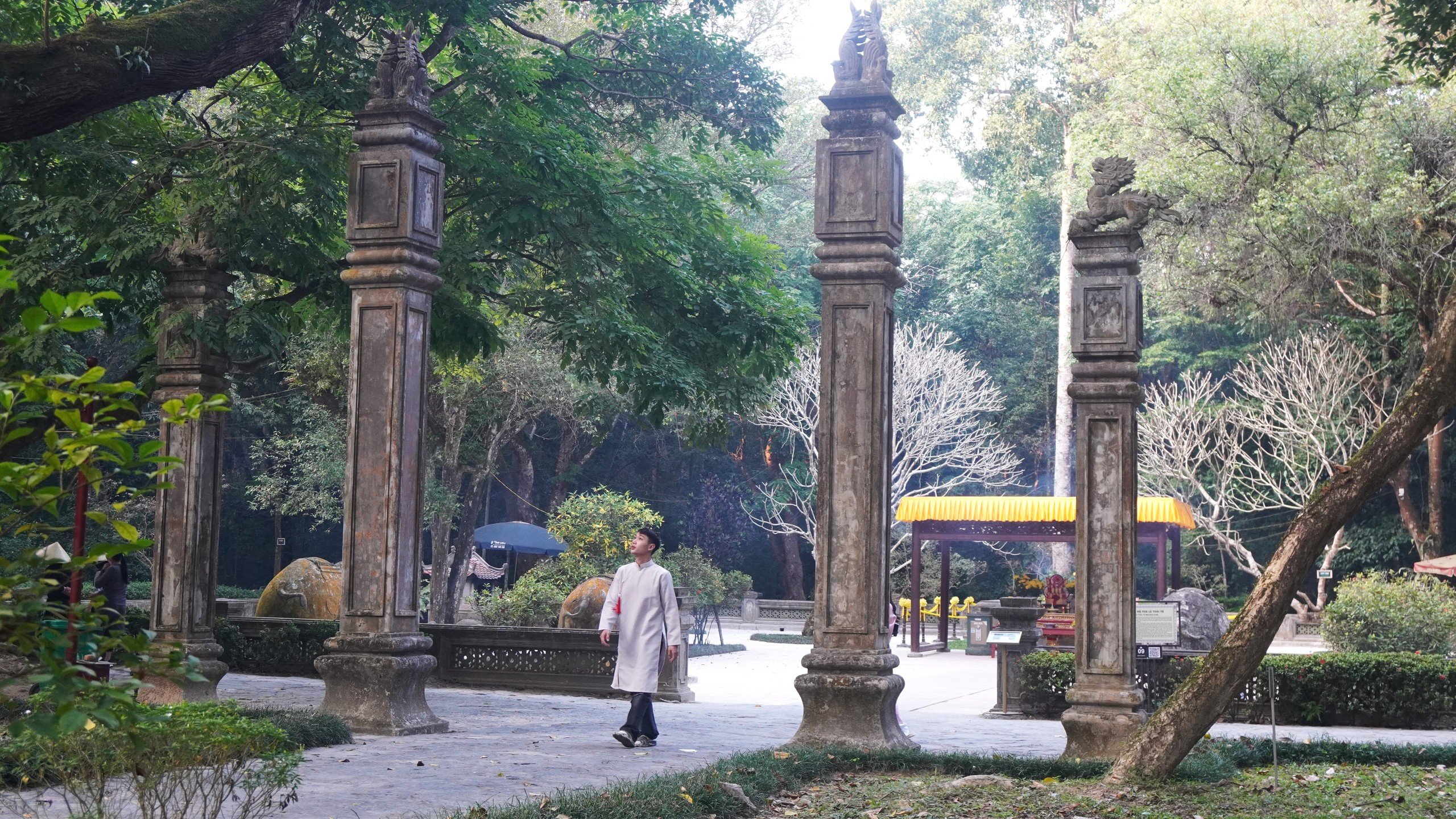
In 1995, the tomb of King Le Thai To was restored. The tomb is covered with stone on the outside, nearly square in shape, 4.46 m long; 4.43 m wide; 1.15 m high. From the outside, the tomb looks very simple, familiar but no less solemn and dignified.

Lam Kinh special national relic site has an area of over 200 hectares, located in Tho Xuan district and a small part in Ngoc Lac district. In addition to its historical, cultural, and architectural values, Lam Kinh is also a place to preserve many rare species of creatures and animals...
Source: https://thanhnien.vn/can-canh-nhung-tuong-da-gan-600-nam-quanh-lang-mo-vua-le-thai-to-18525020117554401.htm



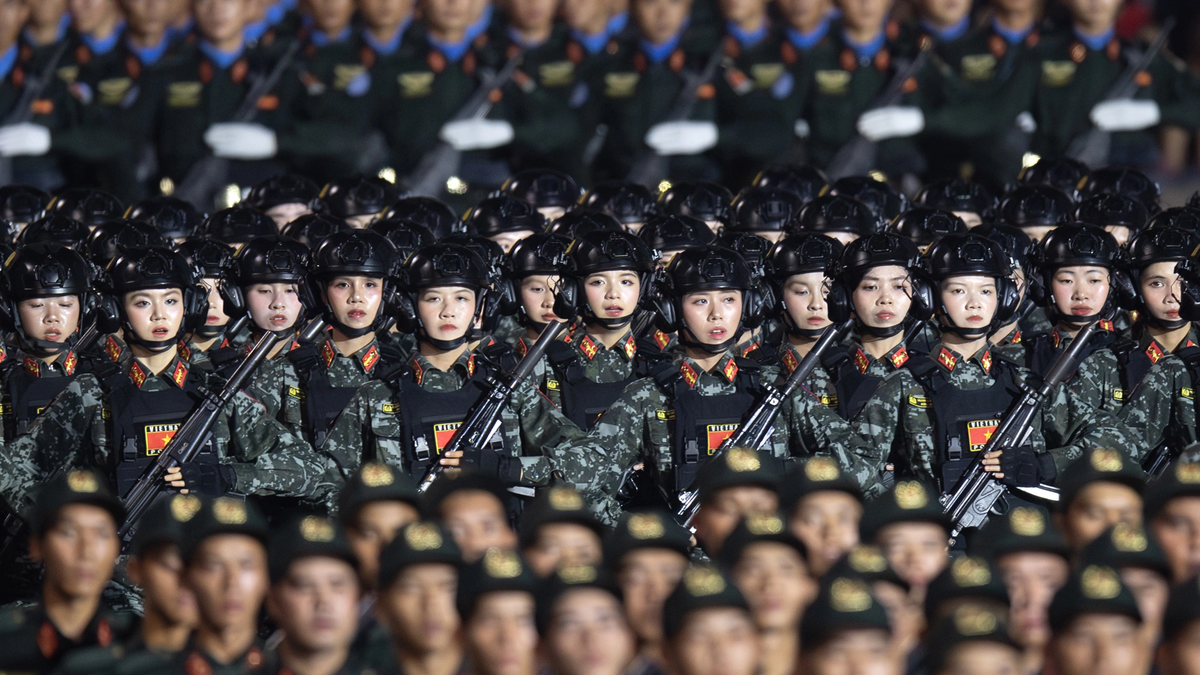

![[Photo] National Assembly Chairman Tran Thanh Man holds talks with New Zealand Parliament Chairman](https://vphoto.vietnam.vn/thumb/1200x675/vietnam/resource/IMAGE/2025/8/28/c90fcbe09a1d4a028b7623ae366b741d)
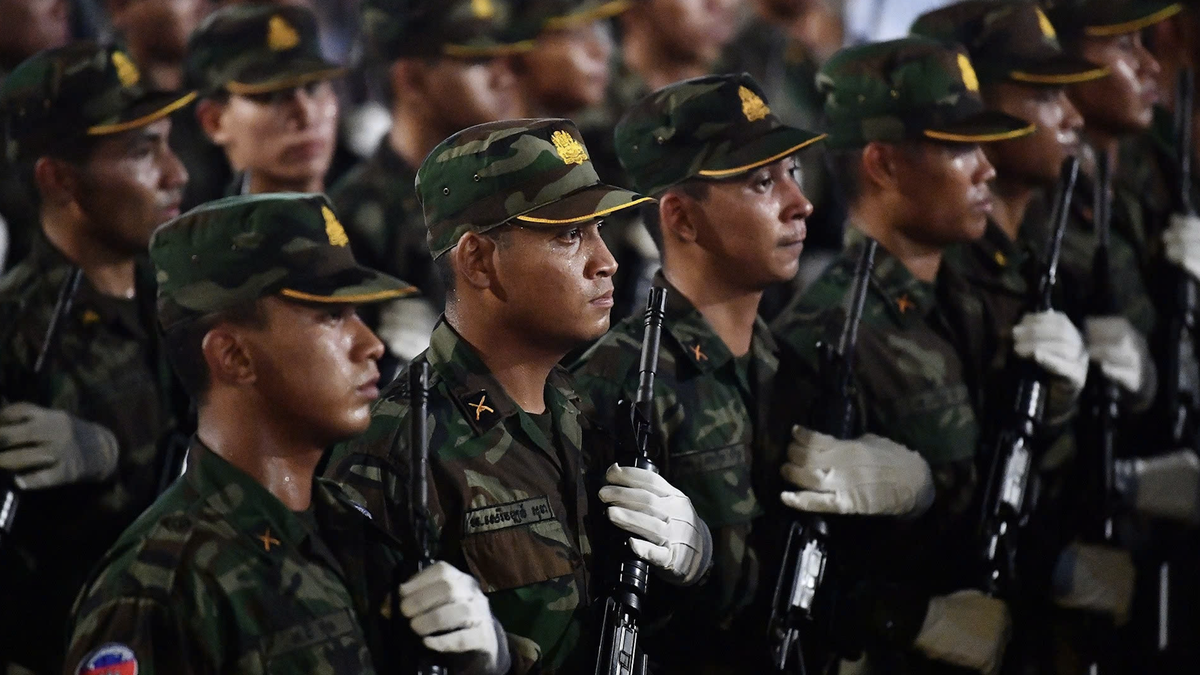
![[Photo] General Secretary To Lam attends the opening ceremony of the National Achievements Exhibition](https://vphoto.vietnam.vn/thumb/1200x675/vietnam/resource/IMAGE/2025/8/28/d371751d37634474bb3d91c6f701be7f)

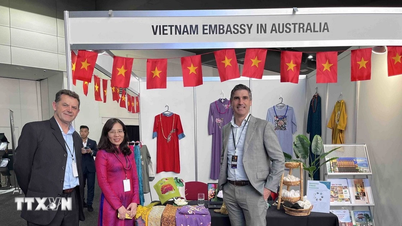

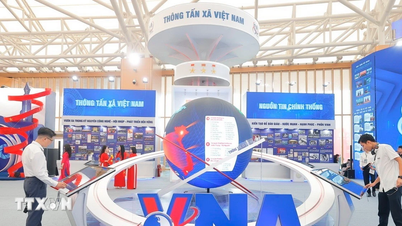
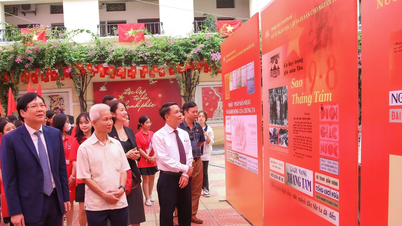




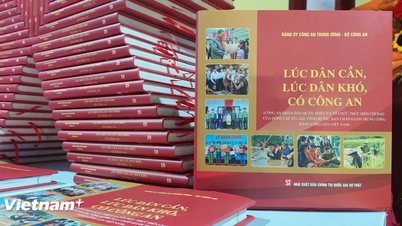
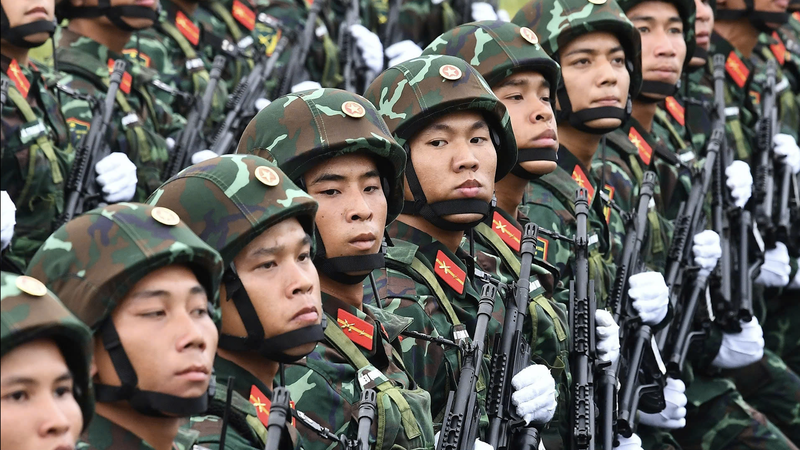


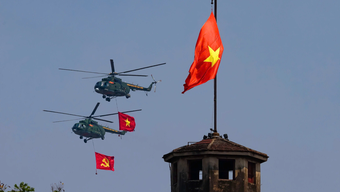



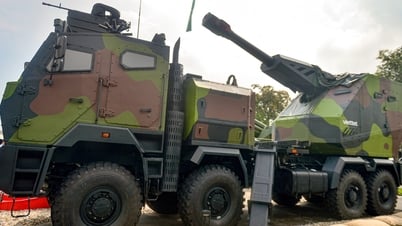
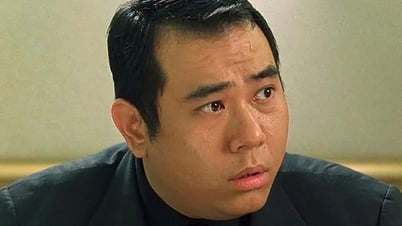
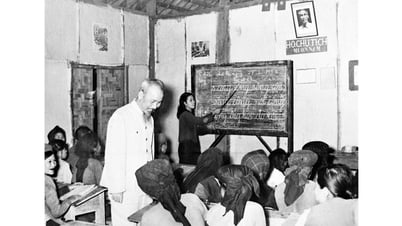
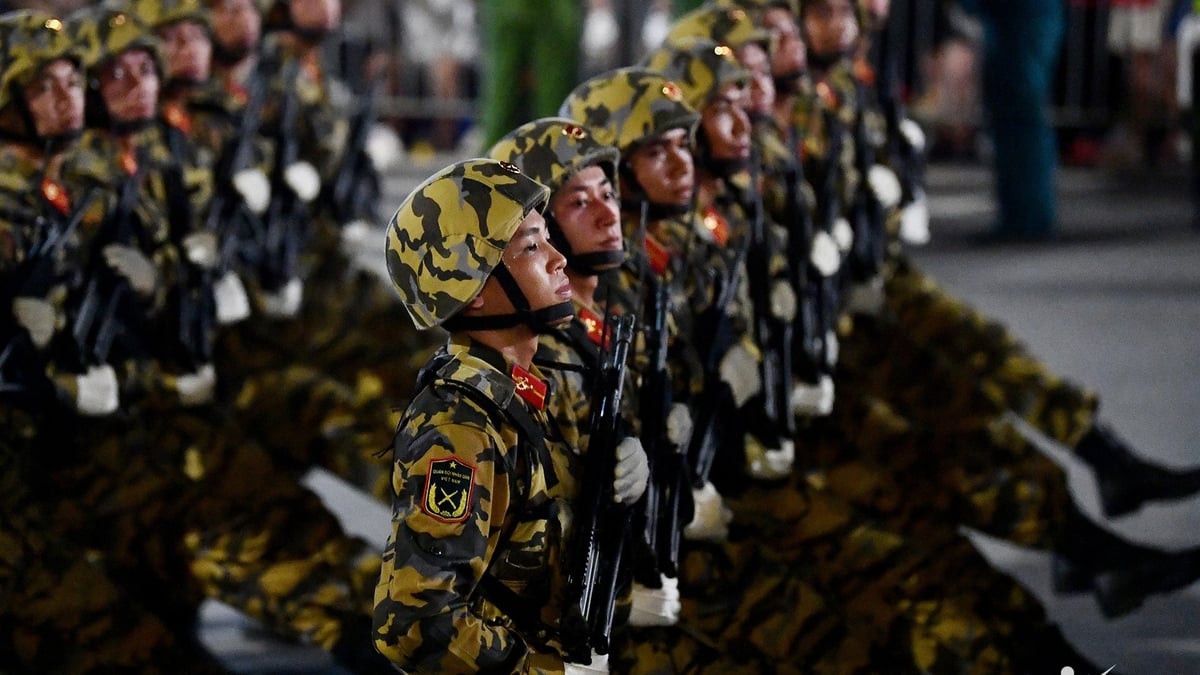
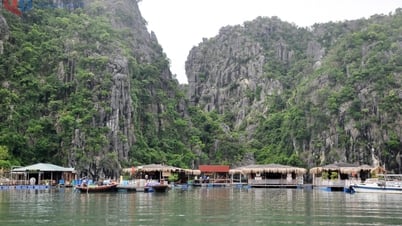

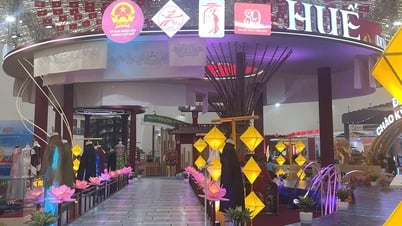

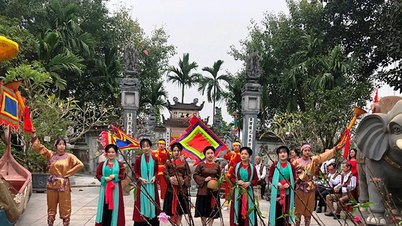
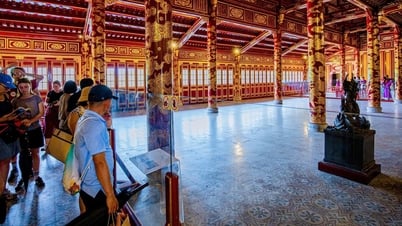
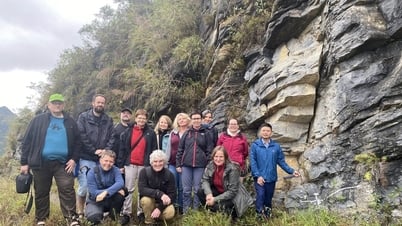

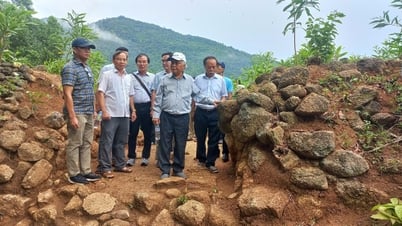
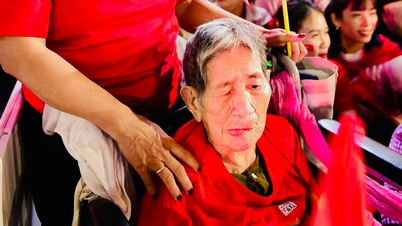

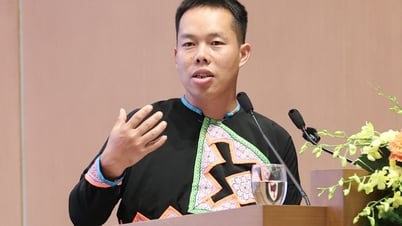

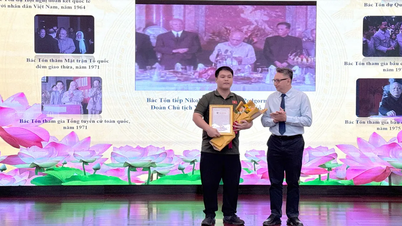






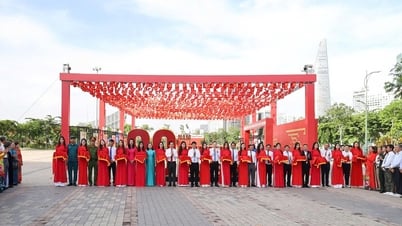
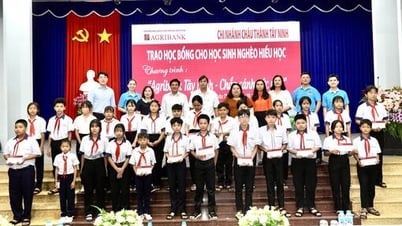




















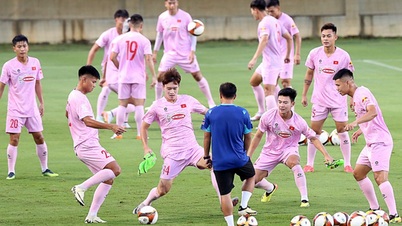
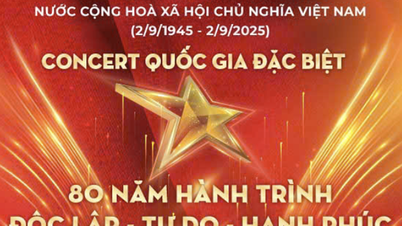


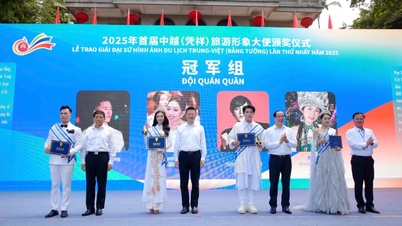

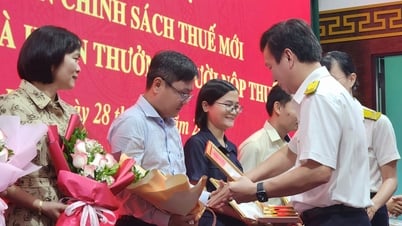


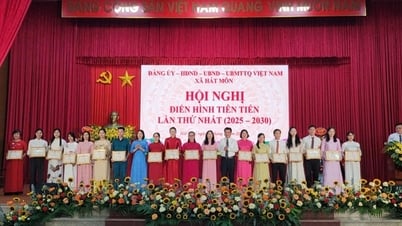



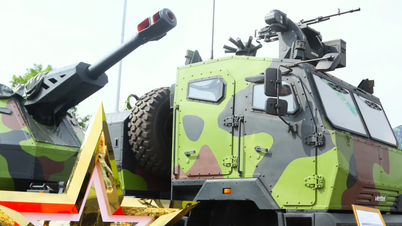


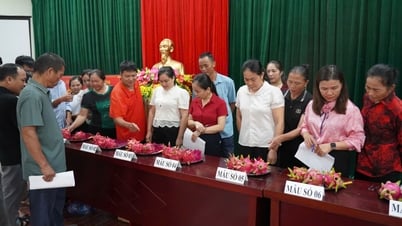







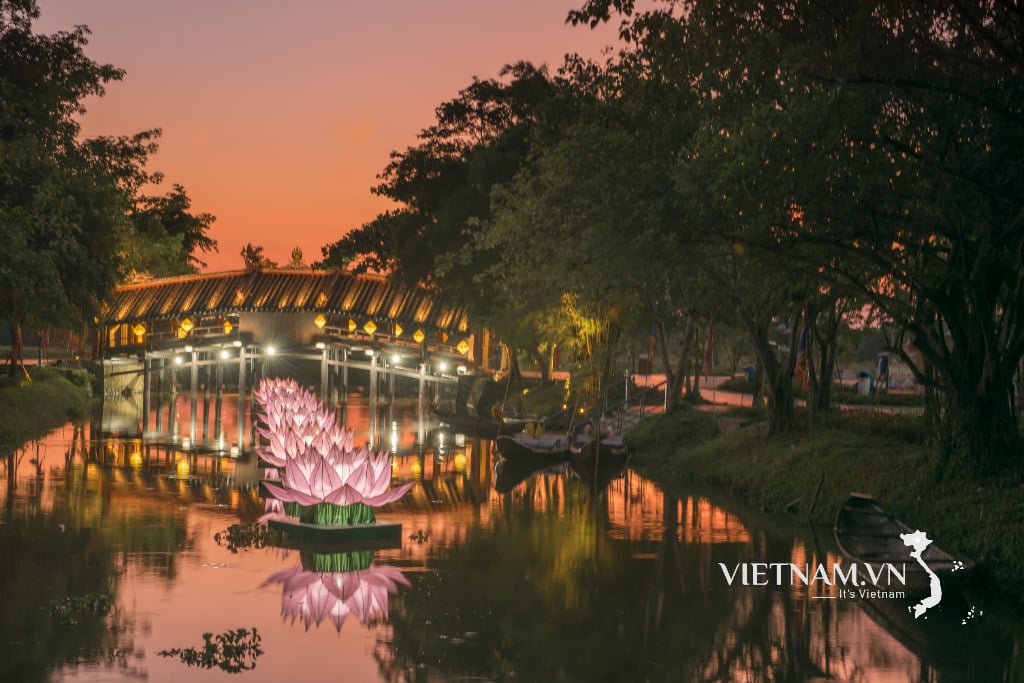
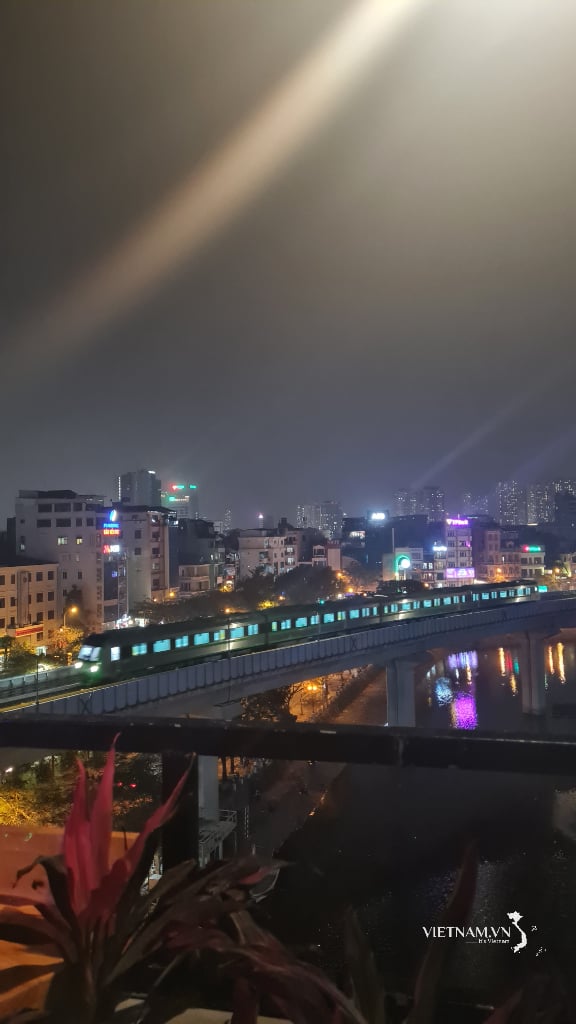
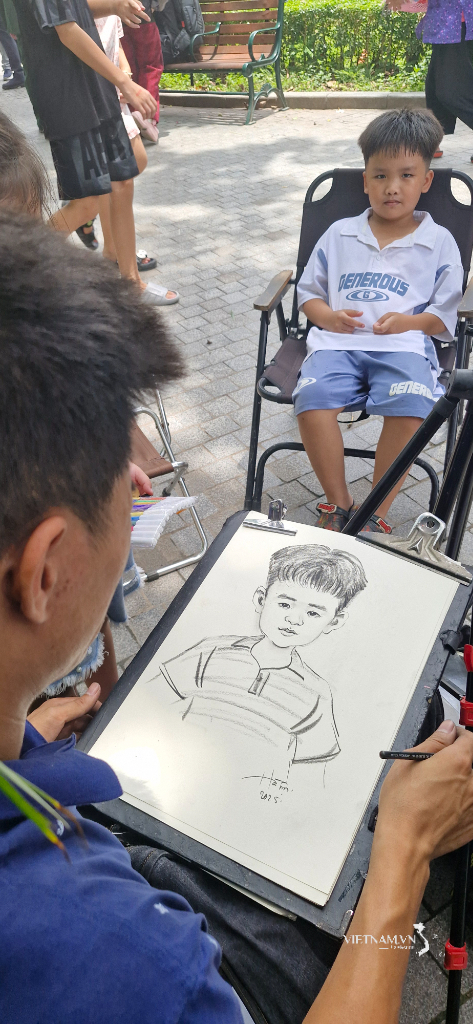
Comment (0)